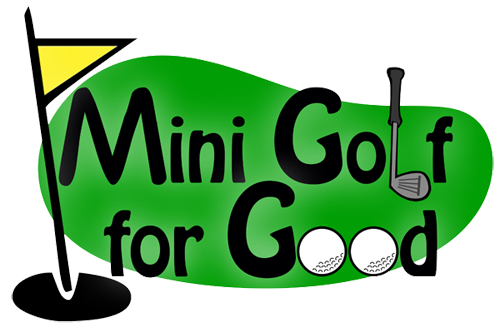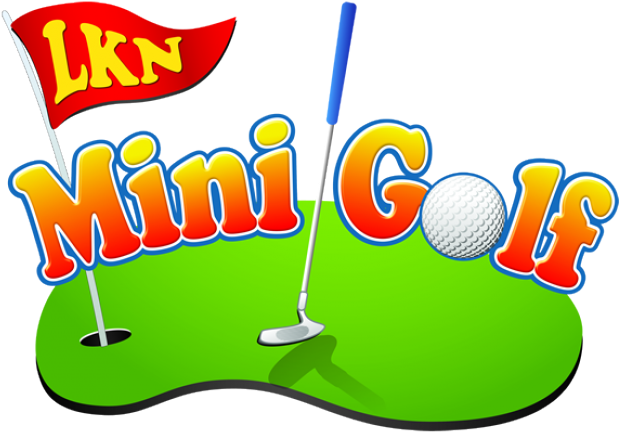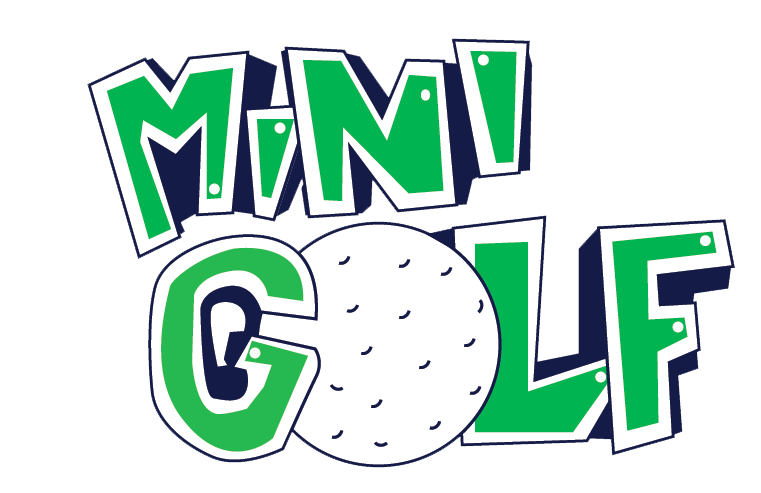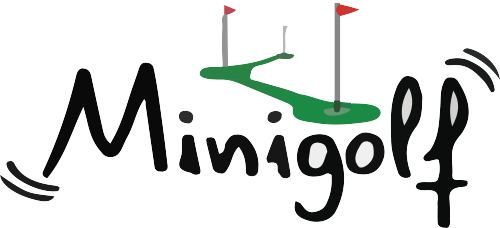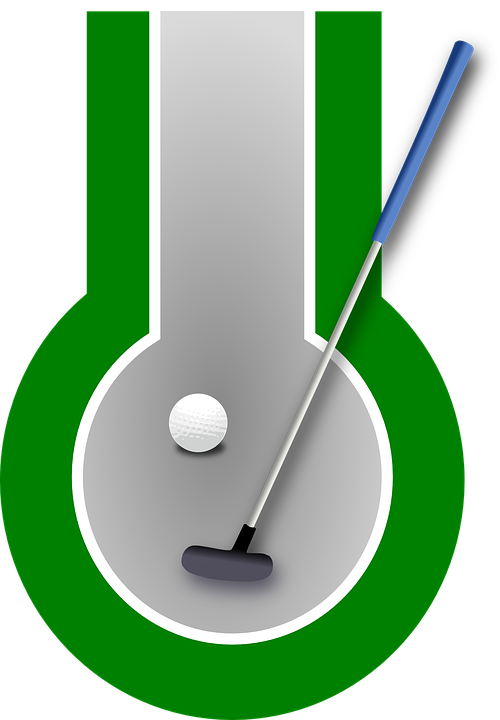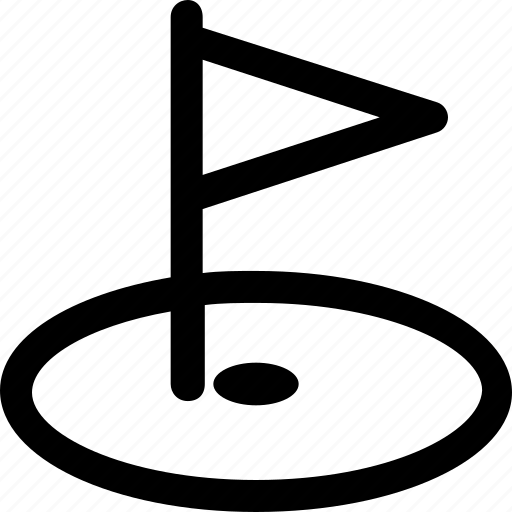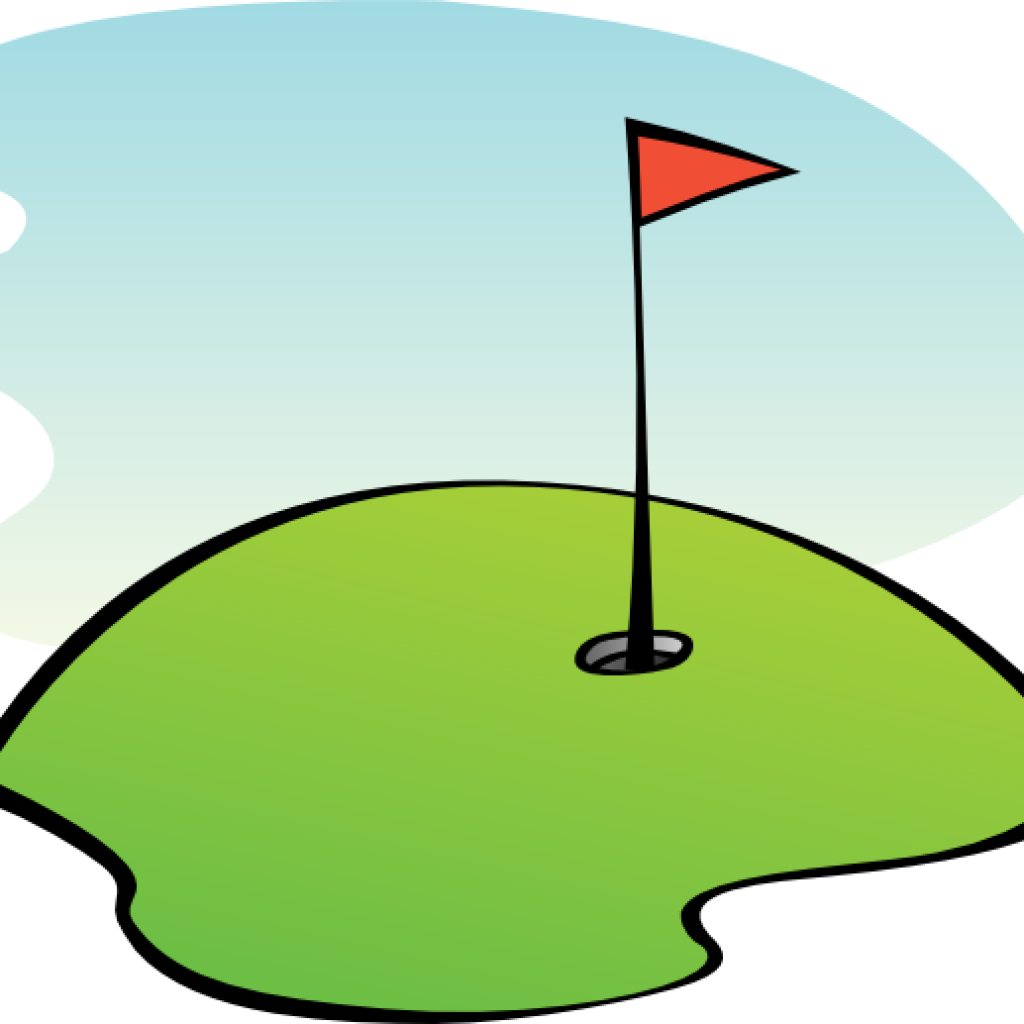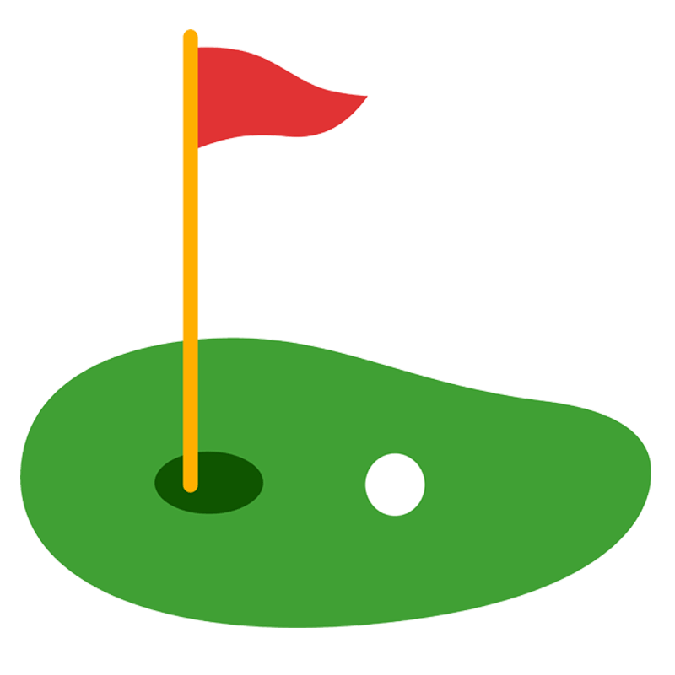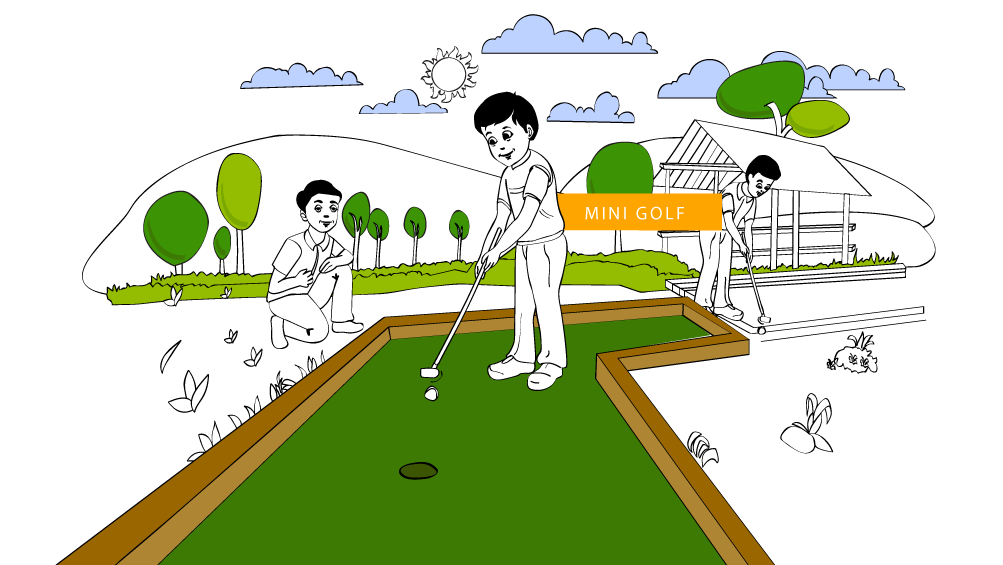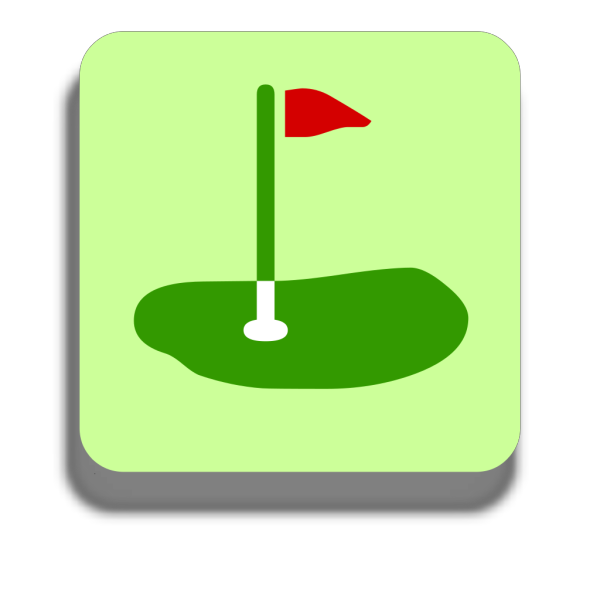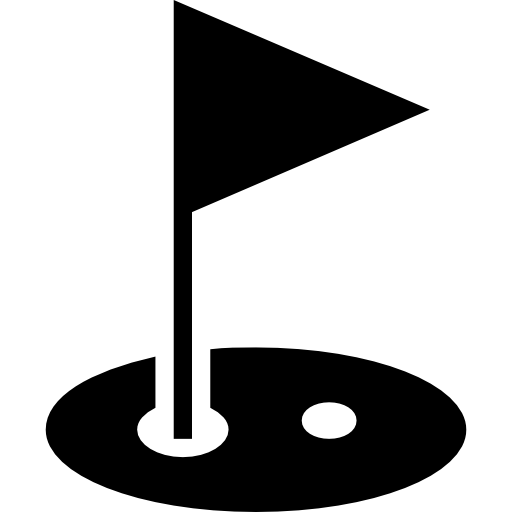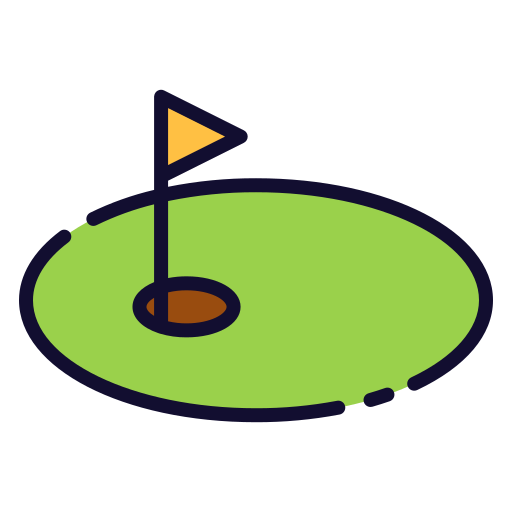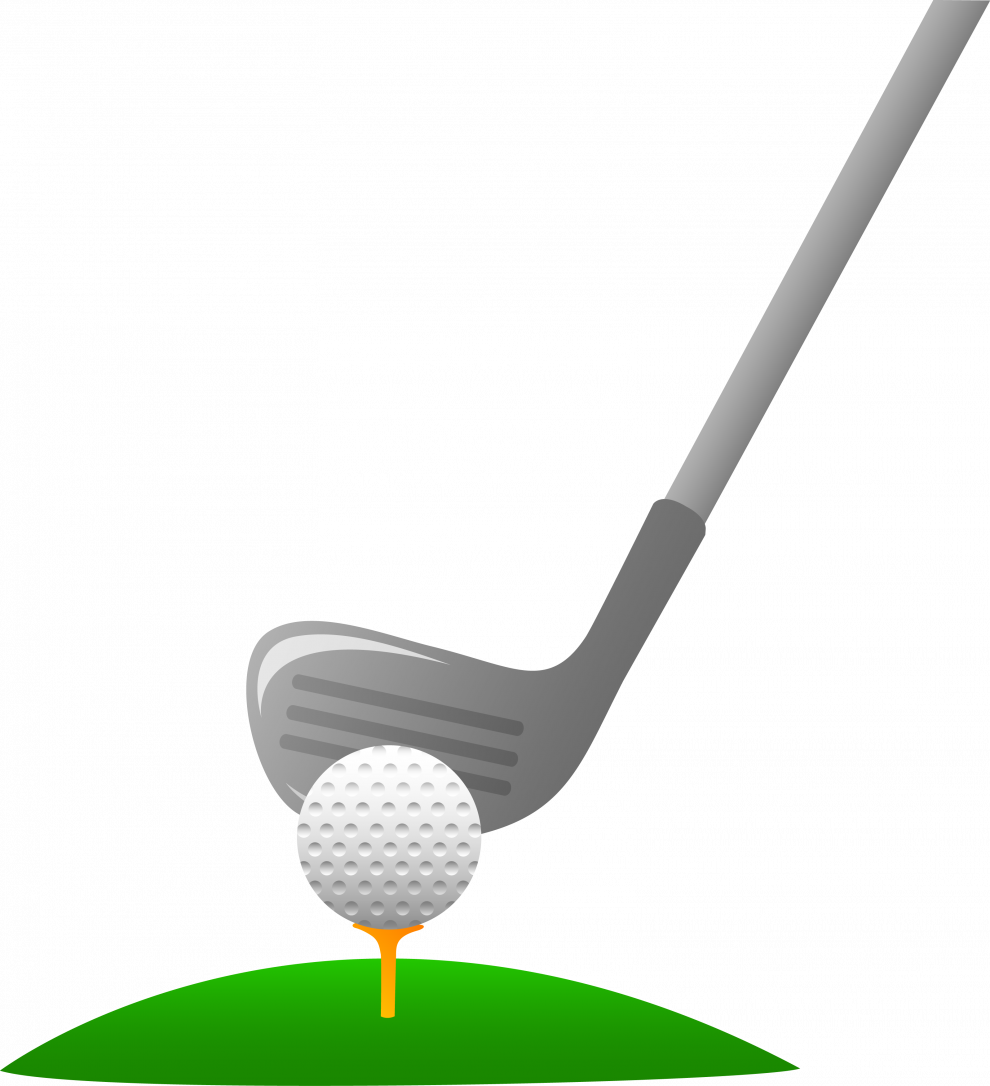Download top and best high-quality free Mini Golf PNG Transparent Images backgrounds available in various sizes. To view the full PNG size resolution click on any of the below image thumbnail.
License Info: Creative Commons 4.0 BY-NC
Miniature golf, also known as minigolf, mini-putt, goofy golf, crazy golf, or putt-putt, is a kind of golf that focuses only on the putting part of the game. The goal of the game is to get the fewest points possible. It’s played on courses having a succession of holes (typically a multiple of 9) that are comparable to its parent, but with shorter lengths (usually within 10 yards from tee to cup).
Artificial putting surfaces (such as carpet, artificial turf, or concrete), a geometric layout that frequently necessitates non-traditional putting lines such as bank shots, and artificial obstacles such as tunnels, tubes, ramps, moving obstacles like windmills, and concrete, metal, or fiberglass walls are all used in the game. It is merely a tiny version of its parent game while miniature golf preserves many of these traits but does not use any props or obstacles.
While the World Minigolf Sport Federation (WMF) favours the term “minigolf,” the general public in various nations refers to the game by a variety of names, including miniature golf, mini-golf, midget golf, silly golf, shorties, extreme golf, crazy golf, adventure golf, mini-putt, and putter golf.
The phrase “putt-putt” is frequently used generically to refer to the game itself. Putt-Putt is a trademark of an American firm that creates and franchises miniature golf facilities as well as other family-oriented entertainment. The name “minigolf” was once a registered trademark of a Swedish corporation that designed and built its own proprietary minigolf courses.
Minigolf courses with geometrical shapes made of artificial materials (carpet) first appeared in the early twentieth century. The Illustrated London News’ 8 June 1912 issue presents a minigolf course named Gofstacle, which is the oldest known reference of such a course.
The Thistle Dhu (“This’ll Do”) course at Pinehurst, North Carolina, and Garnet Carter’s 1927 Tom Thumb design from Lookout Mountain, Tennessee, were the first standardized minigolf courses to reach into mass production. In 1922, golf enthusiast Thomas McCullough Fairbairn changed the game by inventing a suitable artificial green made of cottonseed hulls, sand, oil, and dye. Miniature golf became widely available as a result of this discovery; by the late 1920s, there were over 150 rooftop courses in New York City alone, with tens of thousands more across the United States.
The early twentieth-century American minigolf boom came to an end during the late 1930s economic downturn. Before the end of the 1930s, nearly all minigolf courses in the United States had closed and been demolished. The Parkside Whispering Pines Miniature Golf Course, located near Rochester, New York, and designated on the National Register of Historic Places in 2002, is an unique surviving example from this time.
The Maples Inn in Pointe-Claire, Quebec, has Canada’s first miniature golf course. In the 1890s, the “Mapes” was built as a vacation residence, but it was remodeled as a club in 1902, opened to the public in 1914, and included a miniature golf course in 1930. In 1985, the popular nightclub burnt down.
Download Mini Golf PNG images transparent gallery.
- Mini Golf Logo PNG Clipart
Resolution: 500 × 328
Size: 117 KB
Image Format: .png
Download
- Mini Golf Logo PNG Cutout
Resolution: 2912 × 1636
Size: 282 KB
Image Format: .png
Download
- Mini Golf Logo PNG File
Resolution: 619 × 432
Size: 216 KB
Image Format: .png
Download
- Mini Golf Logo PNG Image
Resolution: 550 × 337
Size: 165 KB
Image Format: .png
Download
- Mini Golf Logo PNG Images
Resolution: 1000 × 996
Size: 67 KB
Image Format: .png
Download
- Mini Golf Logo PNG Photo
Resolution: 601 × 403
Size: 69 KB
Image Format: .png
Download
- Mini Golf Logo PNG Photos
Resolution: 1081 × 969
Size: 31 KB
Image Format: .png
Download
- Mini Golf Logo PNG Pic
Resolution: 761 × 493
Size: 55 KB
Image Format: .png
Download
- Mini Golf Logo PNG Picture
Resolution: 821 × 122
Size: 18 KB
Image Format: .png
Download
- Mini Golf Logo PNG
Resolution: 500 × 228
Size: 25 KB
Image Format: .png
Download
- Mini Golf Logo Transparent
Resolution: 512 × 512
Size: 296 KB
Image Format: .png
Download
- Mini Golf Logo
Resolution: 576 × 420
Size: 102 KB
Image Format: .png
Download
- Mini Golf No Background
Resolution: 500 × 720
Size: 100 KB
Image Format: .png
Download
- Mini Golf PNG Clipart
Resolution: 990 × 658
Size: 558 KB
Image Format: .png
Download
- Mini Golf PNG Cutout
Resolution: 512 × 512
Size: 19 KB
Image Format: .png
Download
- Mini Golf PNG File
Resolution: 1024 × 1024
Size: 102 KB
Image Format: .png
Download
- Mini Golf PNG Free Image
Resolution: 675 × 675
Size: 29 KB
Image Format: .png
Download
- Mini Golf PNG HD Image
Resolution: 512 × 473
Size: 36 KB
Image Format: .png
Download
- Mini Golf PNG Image HD
Resolution: 1003 × 565
Size: 101 KB
Image Format: .png
Download
- Mini Golf PNG Image
Resolution: 600 × 600
Size: 27 KB
Image Format: .png
Download
- Mini Golf PNG Images HD
Resolution: 648 × 657
Size: 181 KB
Image Format: .png
Download
- Mini Golf PNG Images
Resolution: 512 × 512
Size: 199 KB
Image Format: .png
Download
- Mini Golf PNG Photo
Resolution: 1080 × 1080
Size: 219 KB
Image Format: .png
Download
- Mini Golf PNG Photos
Resolution: 512 × 512
Size: 6 KB
Image Format: .png
Download
- Mini Golf PNG Pic
Resolution: 512 × 512
Size: 19 KB
Image Format: .png
Download
- Mini Golf PNG Picture
Resolution: 2500 × 2500
Size: 136 KB
Image Format: .png
Download
- Mini Golf PNG
Resolution: 512 × 512
Size: 11 KB
Image Format: .png
Download
- Mini Golf Transparent
Resolution: 990 × 348
Size: 430 KB
Image Format: .png
Download
- Mini Golf
Resolution: 990 × 1086
Size: 340 KB
Image Format: .png
Download
